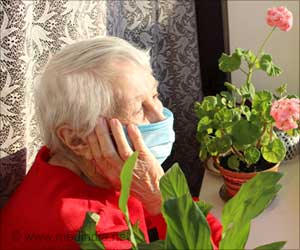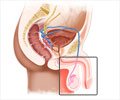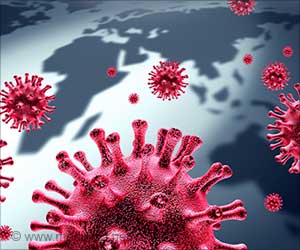Penn State researchers have planned to develop an accurate, cost-effective, at-home, saliva-based COVID-19 test.

To accomplish this, the Ebrahimi Bioanalytical and Biosensor Lab will first use inactive SARS-CoV-2 viral particles to explore their unique electrical properties. All materials react to an electrical field, with varying responses depending on the materials’ properties. The researchers plan to determine these detailed parameters for the inactive viral particles to design the proposed electrochemical device.
“Based on the electrical properties of the virus, we are proposing a dual amplification approach to achieve the sensitivity we need to detect a low count of viral particles in saliva samples,” Ebrahimi said. “We are also proposing a new method to develop the sensor that will give us that sensitivity without expensive nanofabrication tools.”
The sensing device will use two concurrent signal amplification techniques to detect viral particles, which Ebrahimi explained will enhance the sensitivity of the device beyond conventional methods. The first will apply a small voltage through a set of electrodes to trap particles, and then another, to induce an electrochemical process called redox cycling, which can amplify the signals produced by the trapped particles to a detectable level.
“The dual amplification is key — we want to have enough sensitivity to count low numbers of the virus before a person even shows symptoms,” she said. “Eventually, the goal is that people can test their saliva at home, before coming into contact with other people.”
Next, the researchers will use photolithography, a cost-effective process that uses light to etch tiny patterns on a photosensitive surface. The patterns are designed to capture and sort the target viral particles from the saliva sample and route them to the sensor area.
Advertisement
Advertisement
Source-Eurekalert















